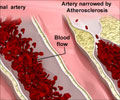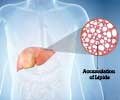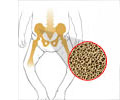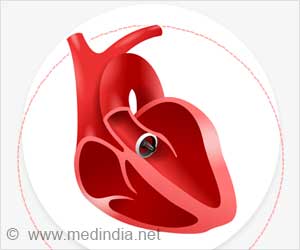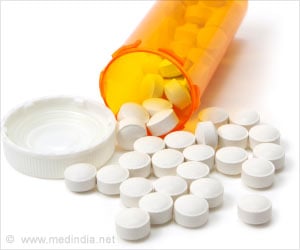Hepcidin, a hormone that regulates iron levels in the body, has been identified as a potential target for treating atherosclerosis by researchers at Emory University School of Medicine.

The data is being presented Wednesday, Nov. 16 by Aloke Finn, MD, assistant professor of medicine (cardiology) and colleague Omar Saeed at the American Heart Association Scientific Sessions meeting in Orlando. Charles Hong, MD, PhD, from Vanderbilt University and collaborators from CVPath Institute contributed to the research.
When mice modeling atherosclerosis are given a compound that reduces hepcidin levels, they have smaller atherosclerotic plaques and less fat in their plaques, as well as reduced foam cell formation. Foam cells are white blood cells that accumulate cholesterol and are signs of atherosclerosis, which can lead eventually to heart attacks and strokes.
The compound LDN 193189 reduces hepcidin levels by blocking its production. LDN 193189 is also being investigated as a treatment for inflammatory bowel disease and for anemia related to critical illness.
Finn is also presenting research on how hemoglobin, the iron-containing protein that allows red blood cells to carry oxygen, affects macrophages.
Finn and his colleagues used isolated human cells and a rabbit model of atherosclerosis to show that macrophages respond to hemoglobin by increasing production of proteins that transport cholesterol and pump iron out.
Advertisement
"We were led to the hepcidin research by our work on macrophages," Finn says. "We discovered a different type of macrophages that detoxify iron. They take it up and spit it out again with an iron transport protein."
Advertisement
Source-Eurekalert




